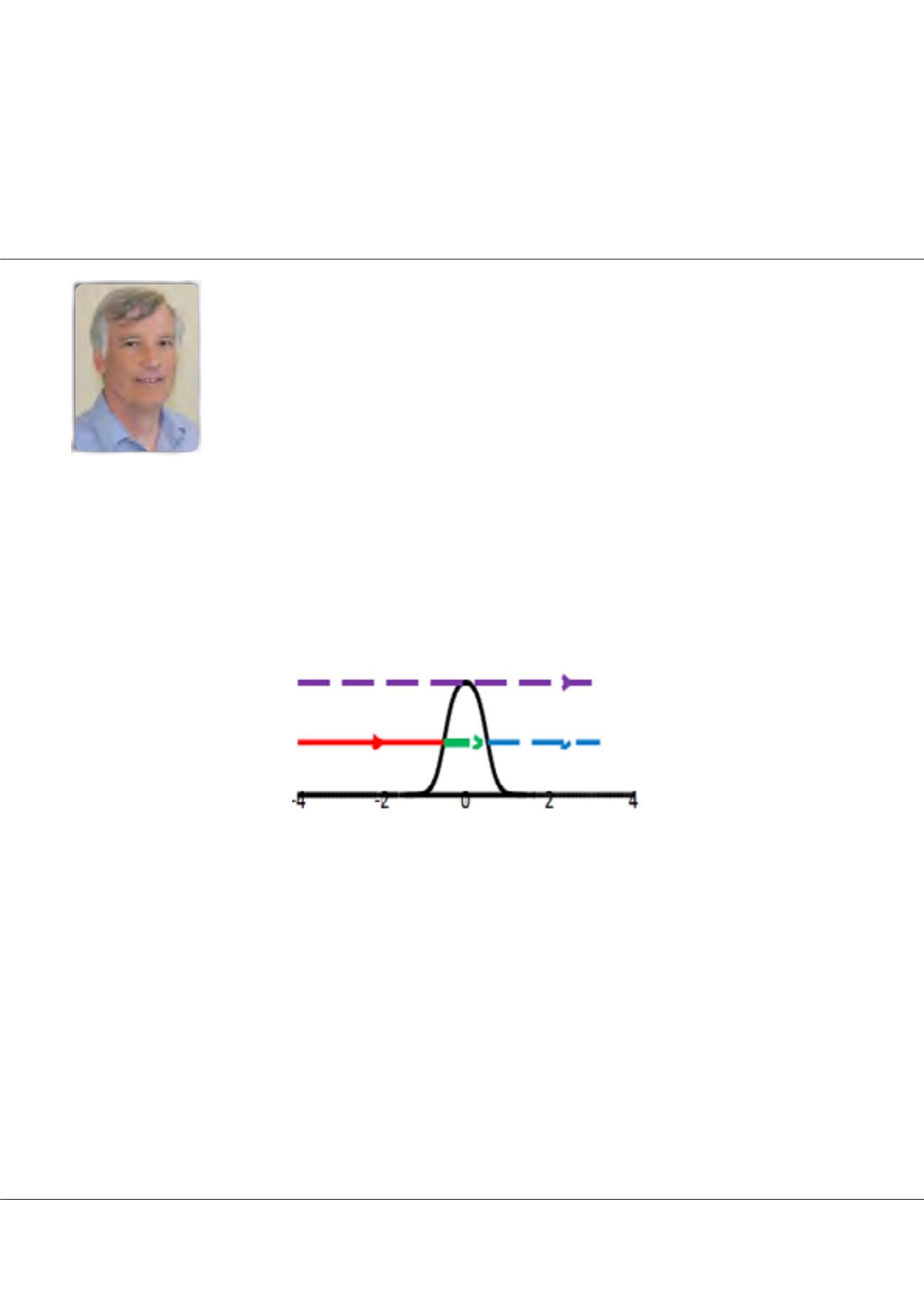

Volume 6, Issue 4 (Suppl)
J Material Sci Eng, an open access journal
ISSN: 2169-0022
Materials Congress 2017
June 12-14, 2017
Page 60
Notes:
conference
series
.com
June 12-14, 2017 Rome, Italy
Materials Science and Engineering
9
th
World Congress on
Michael F Herman, J Material Sci Eng 2017, 6:4(Suppl)
DOI: 10.4172/2169-0022-C1-066
An approximate semi-classical method that uses real valued trajectories for time dependent tunneling calculations
A
semi-classical method will be presented that describes the time dependent tunneling of a quantum wave packet encountering a barrier.
Tunneling through barriers plays a significant role in many reactions. The method described in this talk uses an approximation to the
standard semi-classical stationary phase method. The approximation employed in this work leads to real valued tunneling trajectories, while
most methods for this problem employ complex valued trajectories. Using only real valued trajectories will have significant advantages
in applications to larger systems. It is found that there are typically three of these approximate stationary phase contributions to the wave
function for each point r in the transmitted region. Two of these have energies very close to the barrier top, one slightly above the barrier
top and the other slightly below it. The third approximate stationary phase contribution is at a lower energy. Difficulties in obtaining
accurate values for the contributions from trajectories with energy very close to the barrier top will be considered, and the accuracy of the
approximate stationary phase wave function will be discussed.
Figure 1: A particle flux (red curve) encounters a potential energy barrier (black curve) and tunnels through the barrier (green curve) and a
diminished flux emerges on the other side of the barrier (blue) curve.
Biography
Michael F Herman received his PhD in Theoretical Chemistry from the University of Chicago in 1980. He has been on the Faculty of Tulane University since 1981. His
work has focused on the development of semi-classical methods for modeling chemical systems. He also has developed a model for polymer dynamics in the melt, and is
studying the influence of intermolecular dipolar couplings between molecular vibrations on isotopic fractionation processes.
mherman@tulane.eduMichael F Herman
Tulane University, USA
















